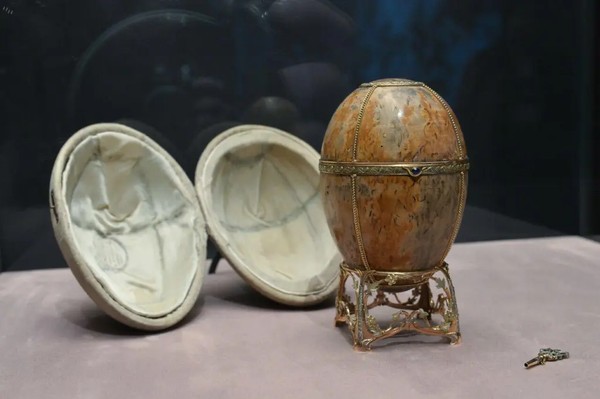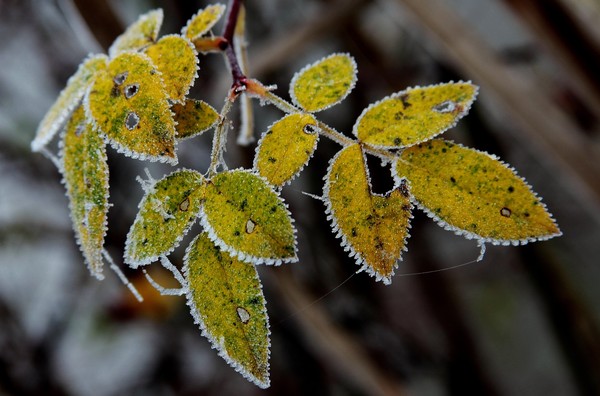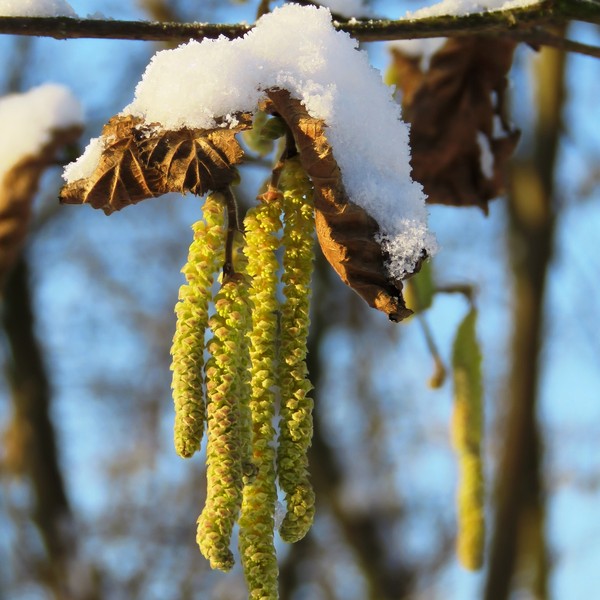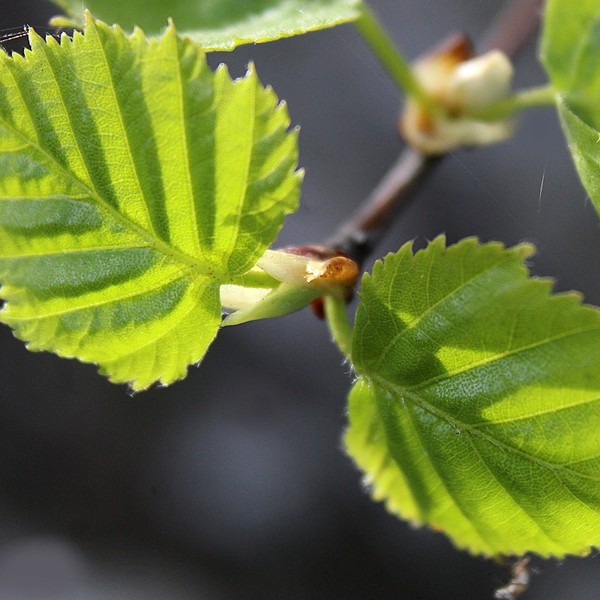The curly birch, a robust tree from Karelia

Curly birch is a tree that grows mainly in Karelia on the border between Finland and Russia.
It is a wood with a very unique look of swirling patterns with beautiful shades of light to dark brown.
Due to its rarity and the difficulty of obtaining it, Karelian curly birch is often expensive and reserved for high quality, high value products.
Technical data of curly birch wood
You will find all the information you need to understand and use curly birch wood. We have compiled the characteristics, specifications and information of this exceptional wood.
| Caractéristique | Description | |
|---|---|---|
Common name | Curly birch or Karelian curly birch in reference to the region of Karelia in Finland where it grows in abundance. | |
Scientific name | Betula pendula var. carelica : carelica is a variety of betula pendula (silver birch) | |
Type | Warty birch or white birch: deciduous tree (i.e. leaves that grow in the spring and fall off in the fall). | |
Color of the leaves | Dark green leaves. | |
Wood color | Curly birch wood is light in color ranging from pale yellow to light brown. More information on the color. | |
Height | From 7 to 10 meters in height. Stocky tree reminiscent of an apple tree or shrub | |
Trunk diameter | 40 cm tall, hunchbacked and swollen | |
Growth | Slow. | |
Lifetime | 40 to 50 years old. Curly birch is more resistant than silver birch. | |
Hardness | Hard and resistant wood and relatively flexible. It resists very well to humidity. | |
Flower | The flowers of the curly birch are about 2 to 4 centimeters long. More information aboutthe flower. | |
Fruit | The fruit of the curly birch is a small cone that measures between 1 and 4 centimeters long and contains small seeds that are dispersed in the fall when the fruit is ripe. | |
Sheet | Leaf of oval shape and pointed at the end and slightly hairy. | |
Flowering period | End of winter and beginning of spring. | |
Availability of curly birch wood | ★☆☆☆☆ | |
Price of curved birch wood | ★★★★☆ | |
Disease and pests | Birch septoria or leaf spot are two fungal diseases that affect the leaves of the tree. More information on diseases. |
Description of curly birch wood
Take a closer look at the characteristics and uses of curly birch, as well as its history and benefits as a craft and decorative material.
The regions of the world where to find the curly birch or Karelian birch

The curly birch or Karelian birch grows, in its natural state, only in certain parts of the world. And especially in Scandinavia, Russia and the Baltic States. Moreover, it is called the Karelian curly birch because it is in Karelia (border region between Finland and Russia) that the curly birch grows most abundantly.
Why in these regions? Simply because the curly birch only grows in extreme and harsh climatic conditions with cold winters and temperate summers.
How was the curly birch discovered and known?

The history of the curly birch begins in Finland at the end of the 19th century when Finnish botanists decided to explore the Karelia region and study the flora there. They discovered that the birch trees growing in this region had different characteristics than the birch trees growing elsewhere in Finland.
The beauty of Karelian birch wood is well known to the general public because Peter Carl Fabergé used Karelian birch wood in 1917 to make a famous Fabergé egg to be given by the Russian emperor to his mother.
Curly birch wood, a wood with the appearance of marble

The curly birch wood is a wood with many peculiarities, pale yellow to light brown in color. The curly birch, while growing, will twist and form loops on the trunk of the tree. It is because of these twists that the wood has curls, a tangle of fibers and vessels in the wood. These curls are caused by numerous textural changes in the hard and soft layers of the trunk. The hard areas are darker and denser than the soft areas.
Because of its beauty, the curly birch wood from Karelia is used for the interior of luxury cars, boats and furniture. For the record, the furniture of the Estonian parliament is partly made of curly birch.
At Kuksa Shop, we create wooden cups with this exceptional wood!
Flowering of the curly birch

The flowers of the curly birch are between 2 and 10 cm long and consist of small male and female flowers. The male flowers are longer (10 cm) than the female flowers (2 to 3 cm).
The flowers of the curly birch are brown and have a velvet-like appearance. It is the male flowers that produce the pollen that, with the wind, will pollinate the female flowers.
Once the pollination is done, the female flowers will become small green cones then brown when they mature. These cones contain many seeds that are released in the fall and disperse with the wind.
The fruits and seeds of the Karelian birch are important for the reproduction of the tree and for the propagation of the species. They are also a source of food for many animals, such as birds and small mammals, which feed on the tree's seeds and buds during the winter months.
Harsh living and growing conditions for curly birch

The curly birch of Karelia is a subspecies of the silver birch. It is a tree that grows slowly and under difficult climatic conditions. These include long, cold winters, nutrient-poor soils and exposure to strong winds.
It is these harsh growing conditions that cause changes in the texture of the tree's wood. The layers of hard and soft wood develop unevenly, creating the distinctive swirling and wavy patterns of the burls.
It is not a large tree like the silver birch, on average not exceeding 10 meters in height, and looks more like a bush than a tree.
The curly birch is a more resistant tree than the silver birch. However, it has an almost identical lifespan, namely between 40 and 50 years.
Nowadays, there are more and more places where the Karelian birch is artificially propagated.
Diseases that threaten the Karelian curly birch

As said before, the Karelian curly birch is more resistant than the silver birch. Despite this, it is subject to certain diseases such as :
- Septoria : a disease caused by a fungus that gives yellow then brown spots to the leaves. The diseased leaves will then fall prematurely and weaken the tree.
- Cracking of the bark due to sudden climatic changes that make the tree more vulnerable to insect attacks and infections.
The natural beauty of the curly birch
A collection of carefully selected images to inspire you and arouse your curiosity.






Discover the incredible versatility of wood through various species and the world of woodworking. By subscribing, you'll receive information on wood and wood species once a week.
Discover other wood species
A varied selection of woods highlighting the beauty and diversity of wood species around the world.
Discover our hand carved wooden products made of curly birch wood from Karelia
Subscribe to our newsletter and receive your discount code in your mailbox!













